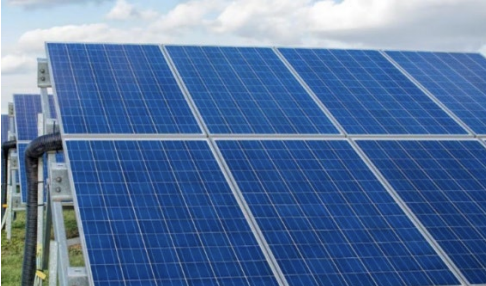Peru is making steady progress in solar energy development, with 17 solar power plants now in operation across the country. According to the Ministry of Energy and Mines (Minem), these plants contribute a combined 748 MW of installed capacity and inject 1,671 GWh into the National Interconnected Electric System (SEIN). These contributions not only increase the share of renewables in Peru’s energy mix but also enhance the reliability and resilience of the national grid. Notable projects include San Martín (252.4 MW) in Arequipa, Rubí (144 MW) and Clemesí (114 MW) in Moquegua, Matarani (105 MW) in Arequipa, and Tacna Solar (20 MW) in Tacna.
Most of these facilities are concentrated in the southern regions of the country and in remote Amazonian areas, strategically located to capitalize on Peru’s abundant solar resources. The Minem highlighted that while the country has a theoretical solar potential of 937 GW, only 0.08% is currently being utilized. Expanding this capacity presents a significant opportunity not only for energy diversification but also for regional economic development. Solar power plants have already generated employment in key areas like Arequipa, Moquegua, and Tacna, stimulating local economies and laying the groundwork for a more decentralized and sustainable energy future.
Beyond the technical and economic benefits, solar energy expansion in Peru plays a vital role in reducing dependence on fossil fuels and addressing energy access inequalities. These projects help close electricity access gaps in vulnerable and rural communities, contributing to broader goals of energy equity and climate action. Moreover, as renewable energy initiatives become more visible and impactful, they reinforce social license to operate in the energy sector—demonstrating that infrastructure investments can align with community well-being, environmental stewardship, and national development priorities.

